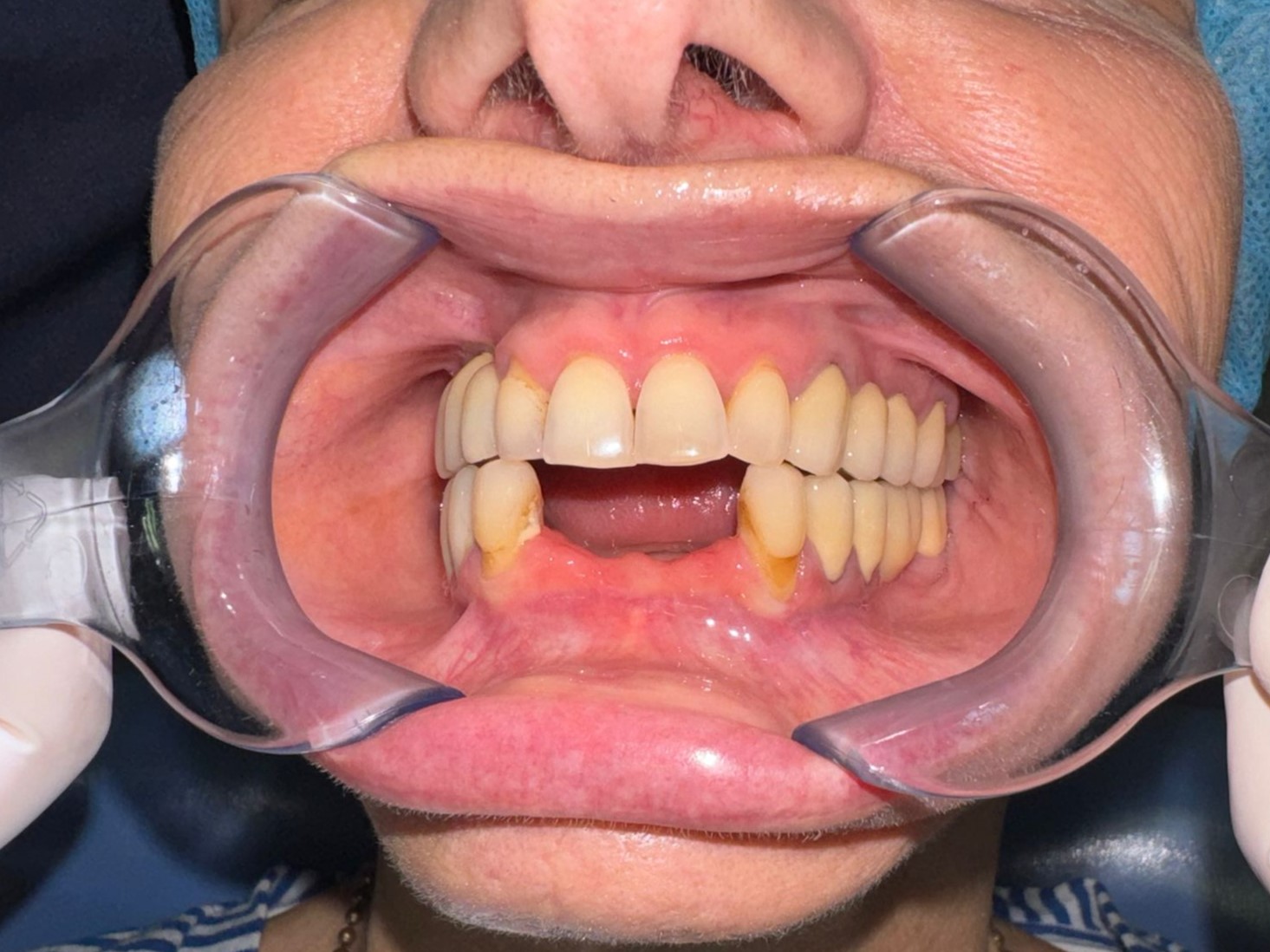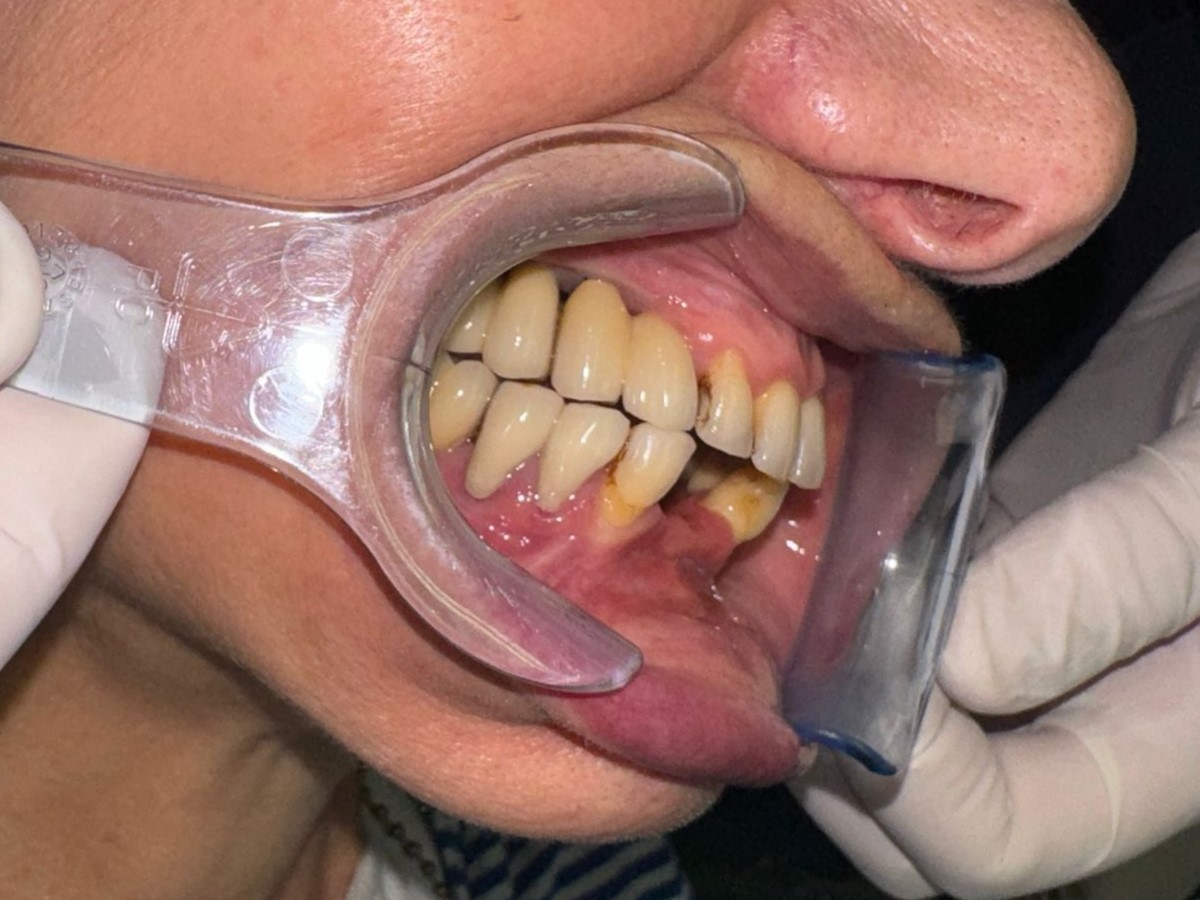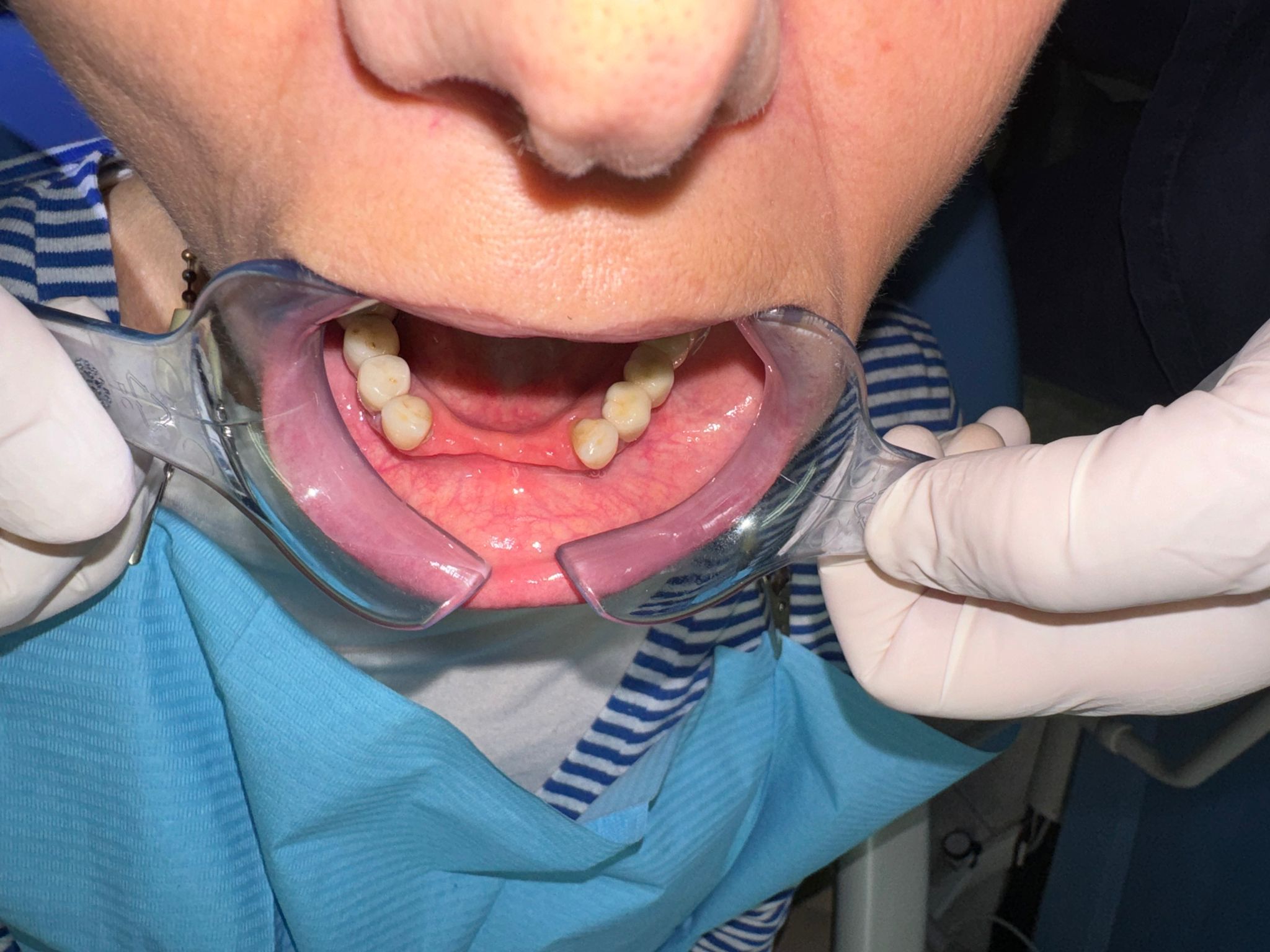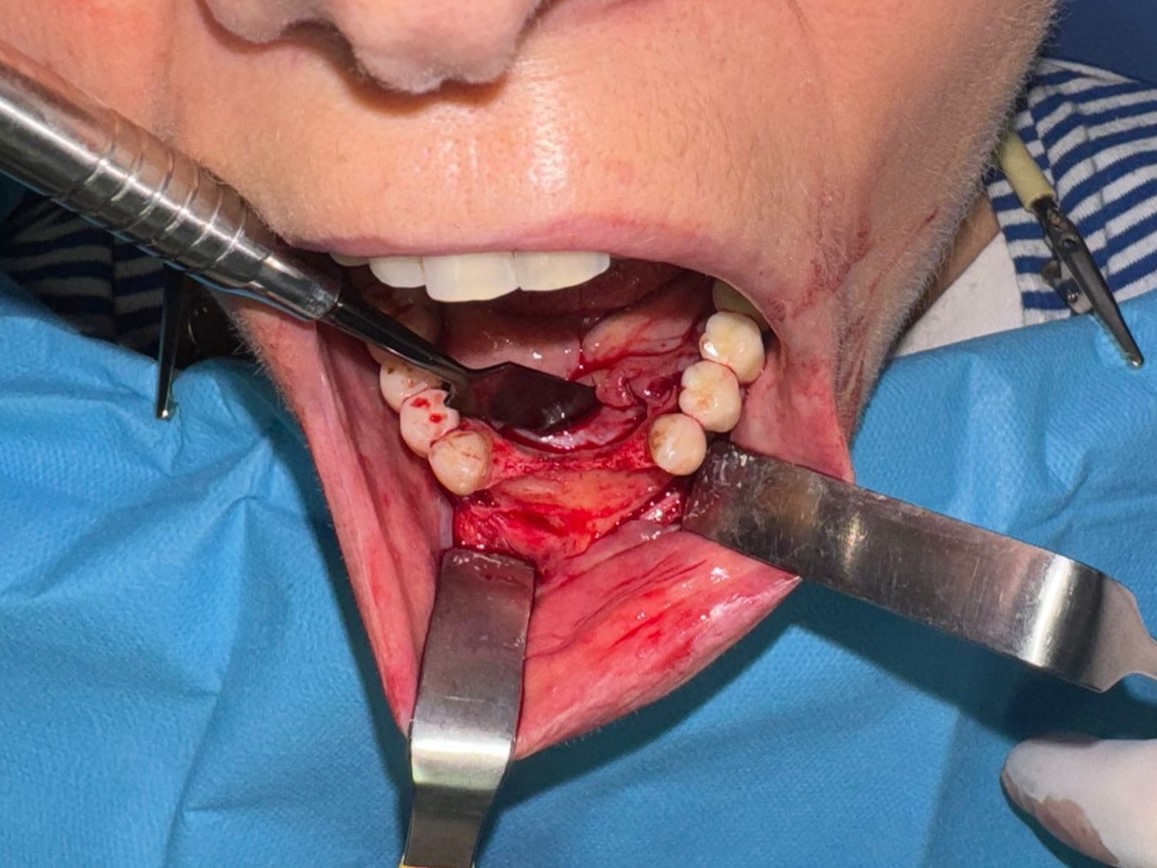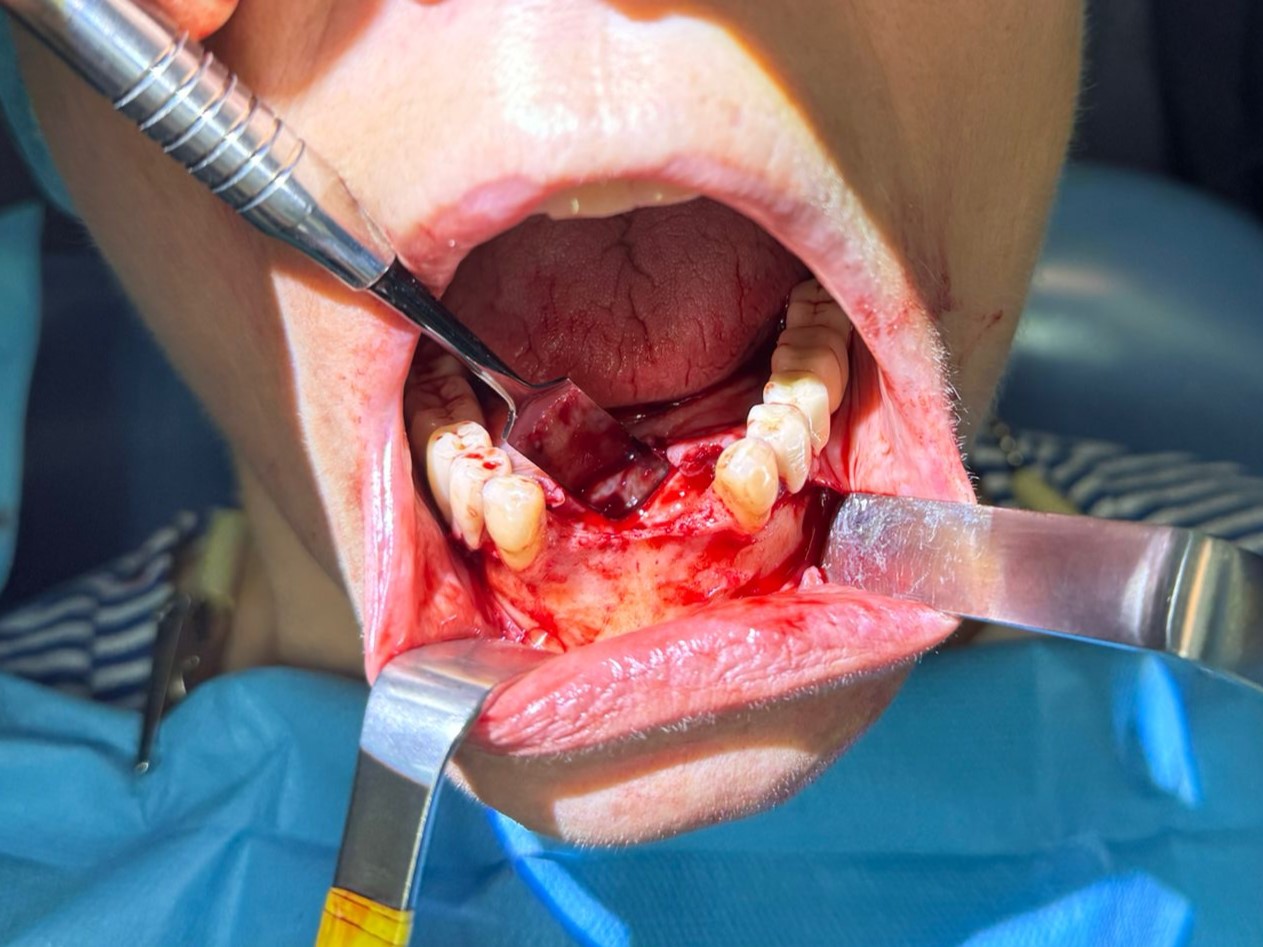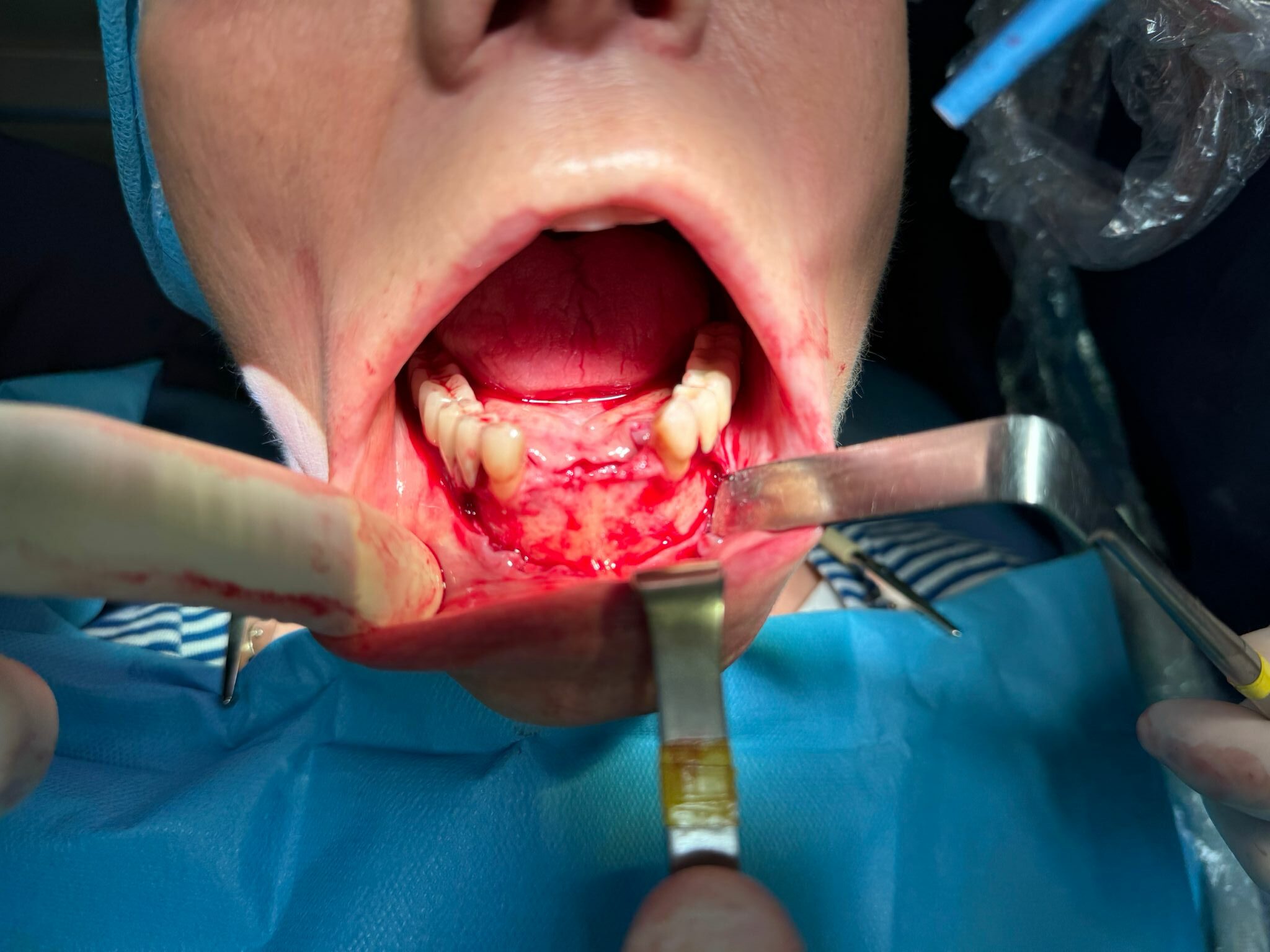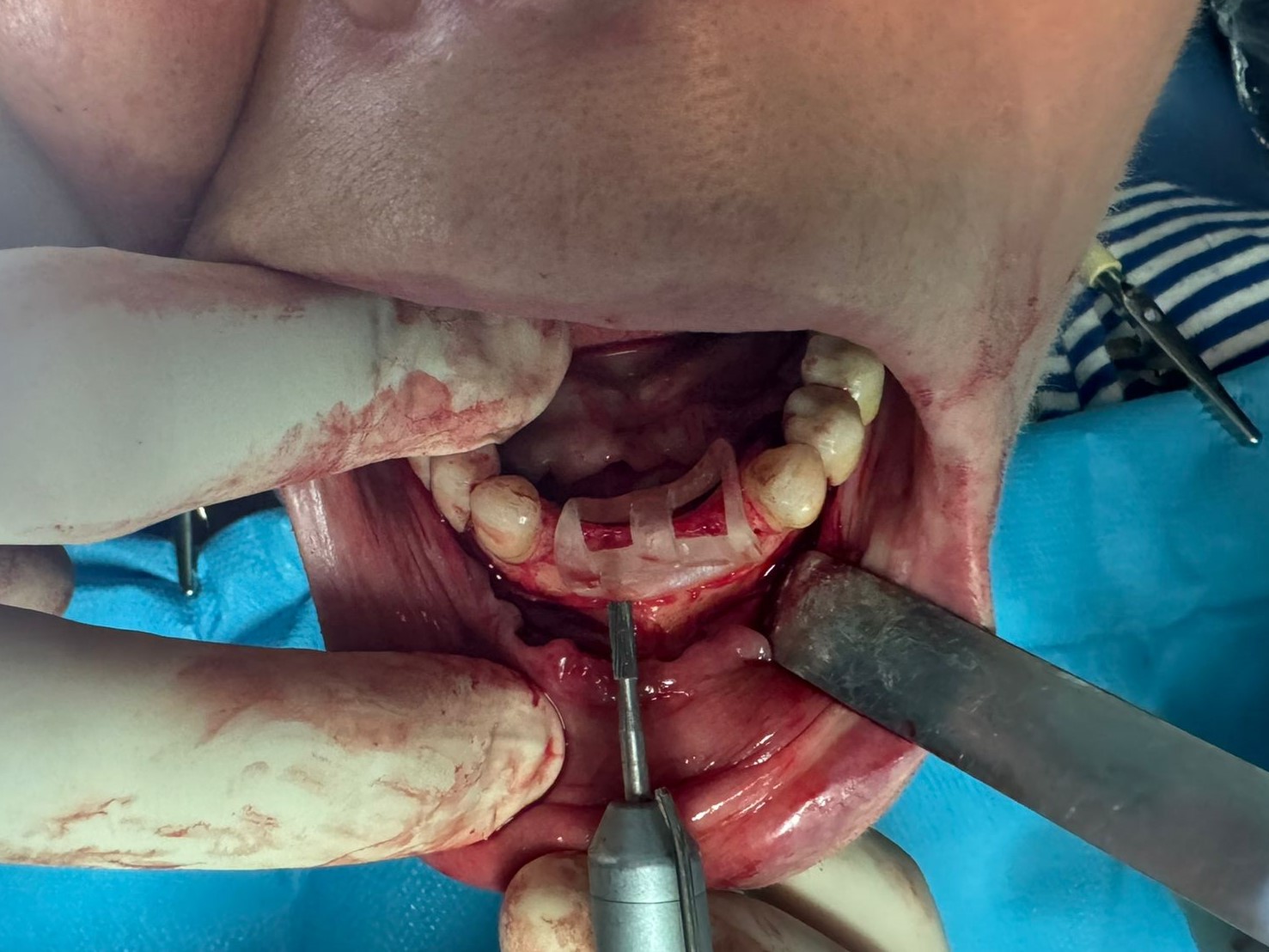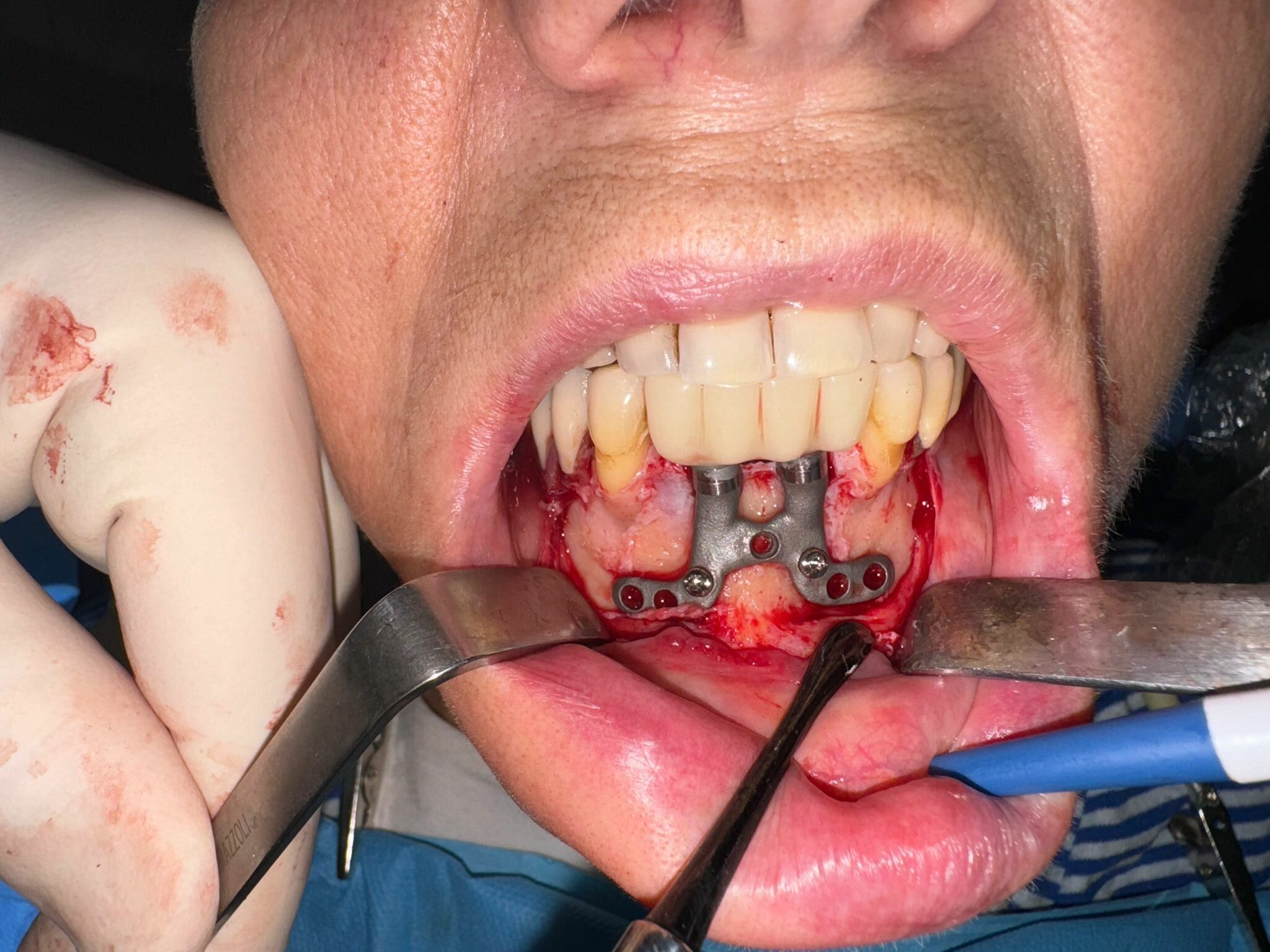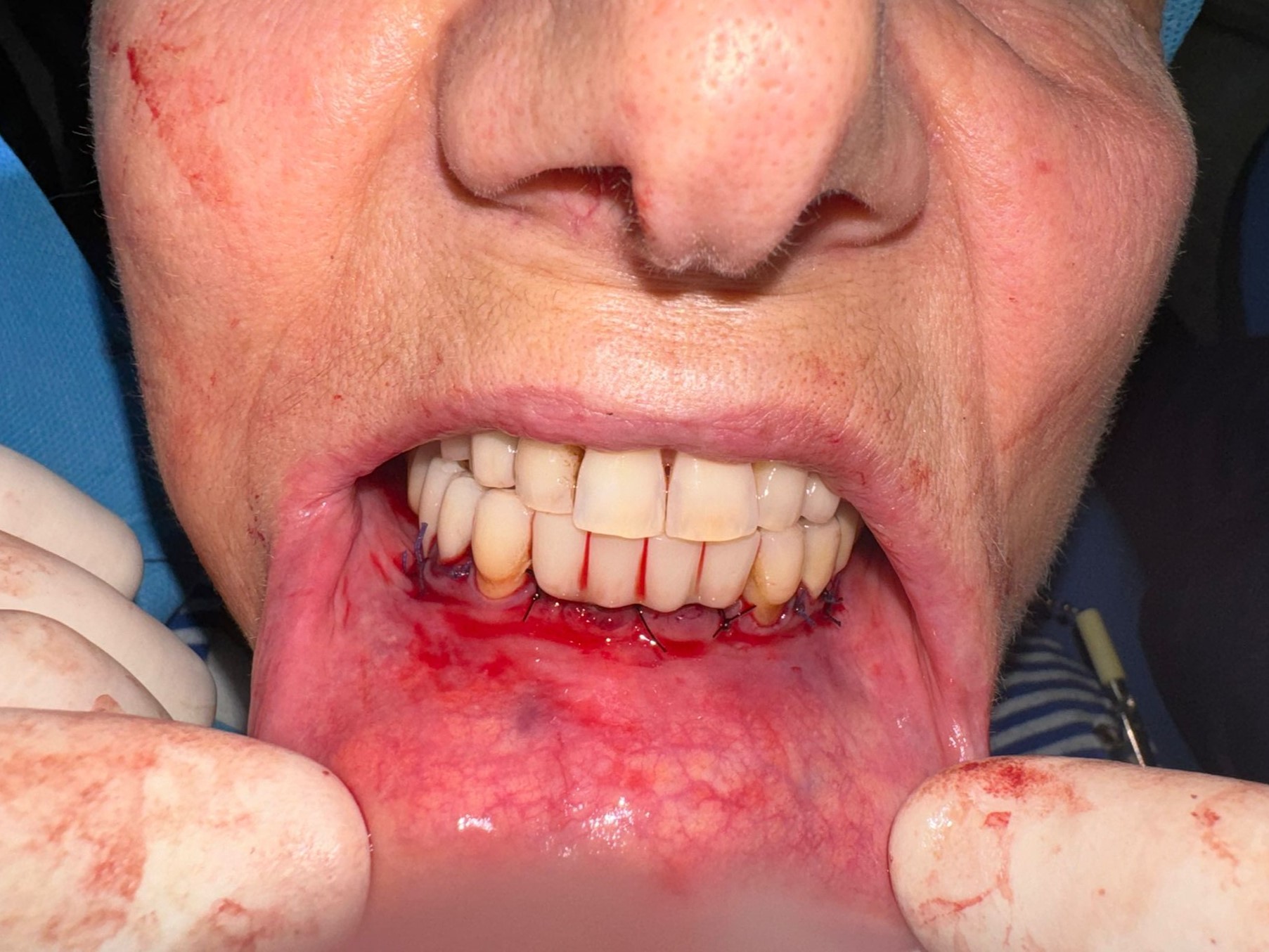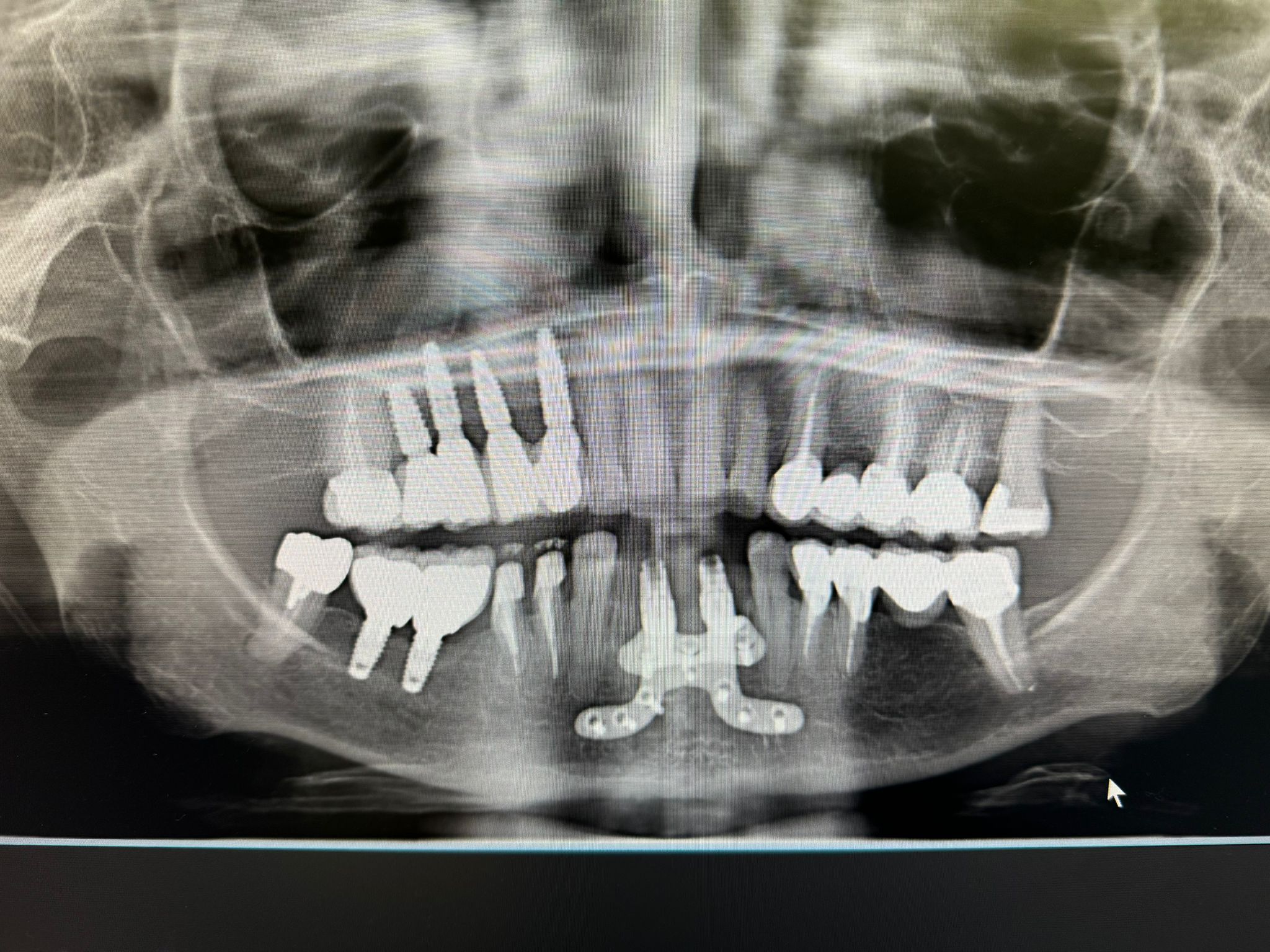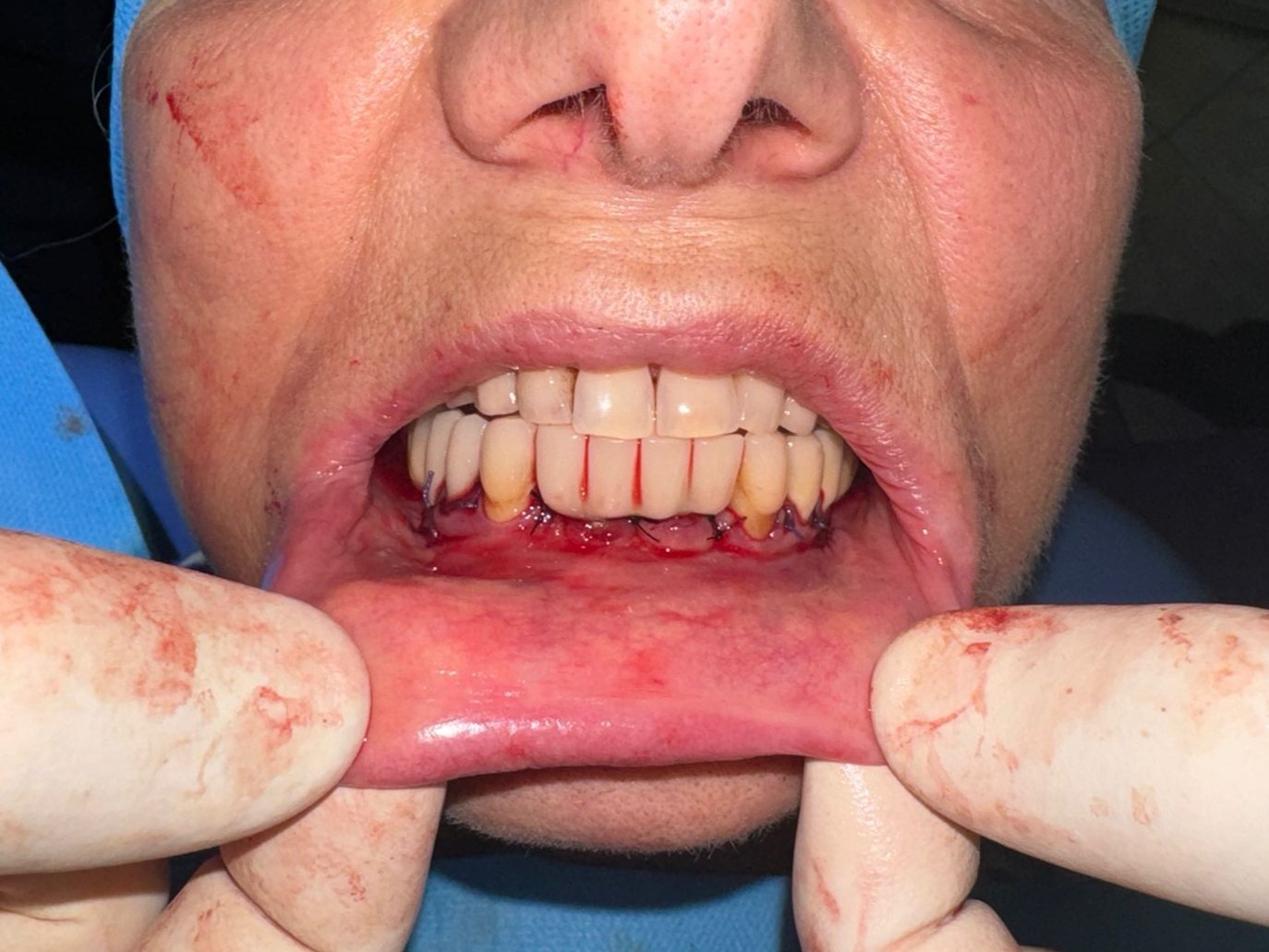
The perfection of Art
meet the excellence of Dentistry
Discover GENIO, the subperiosteal grids designed specifically for each patient, sculpted with care and skill like a unique work of art.
Subperiosteal grids are devices used in dental surgery to address complex situations where the maxillary or mandibular bone presents structural or volumetric issues that make the insertion of traditional dental implants difficult or impossible. These grids are designed to provide optimal support and stability during the dental implant process.
Where other bone regeneration techniques are not applicable or have not succeeded, GENIO grids represent an advanced option to tackle these challenges safely and effectively.
MICHELANGELO
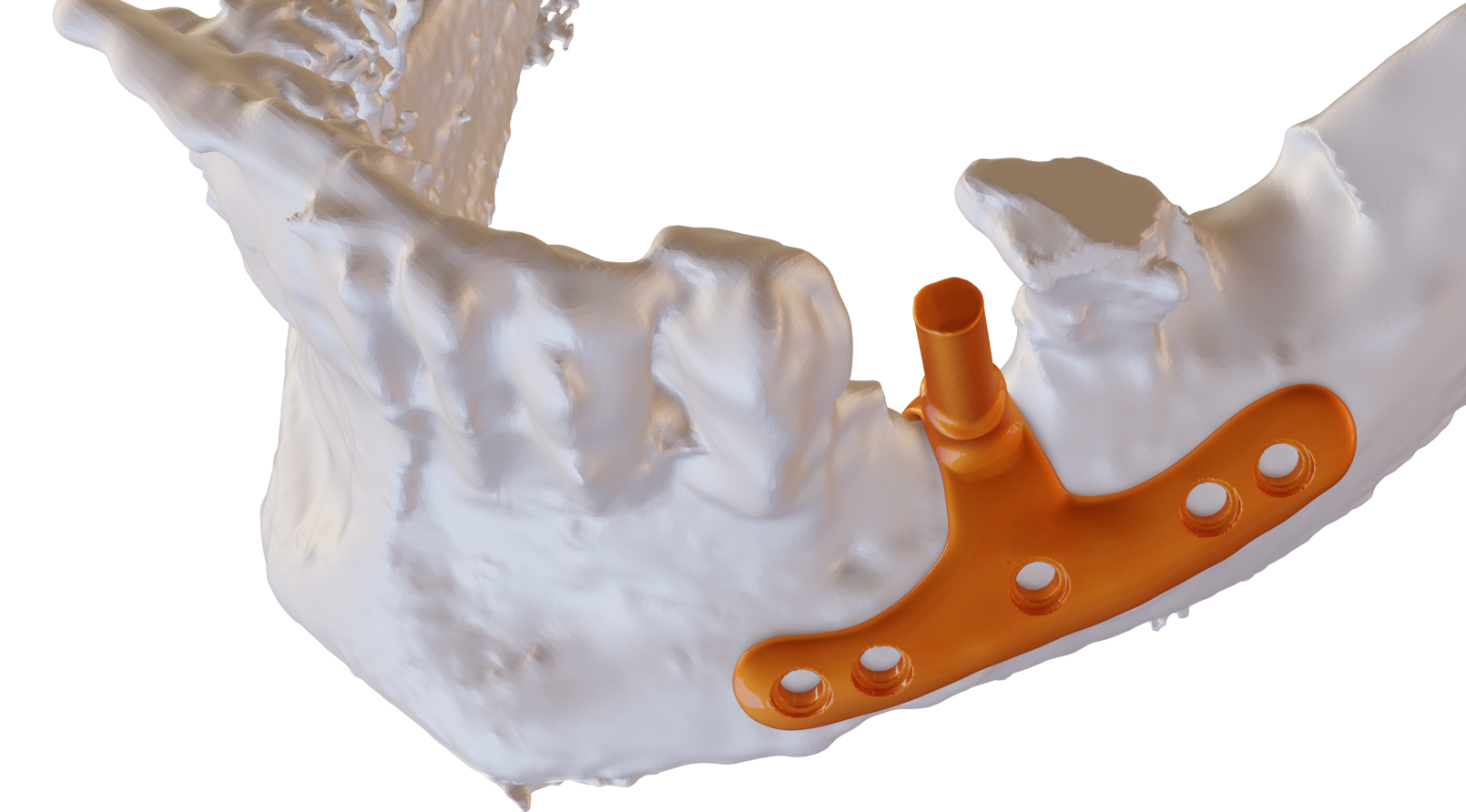
For a single dental element, single-phase abutment
LEONARDO
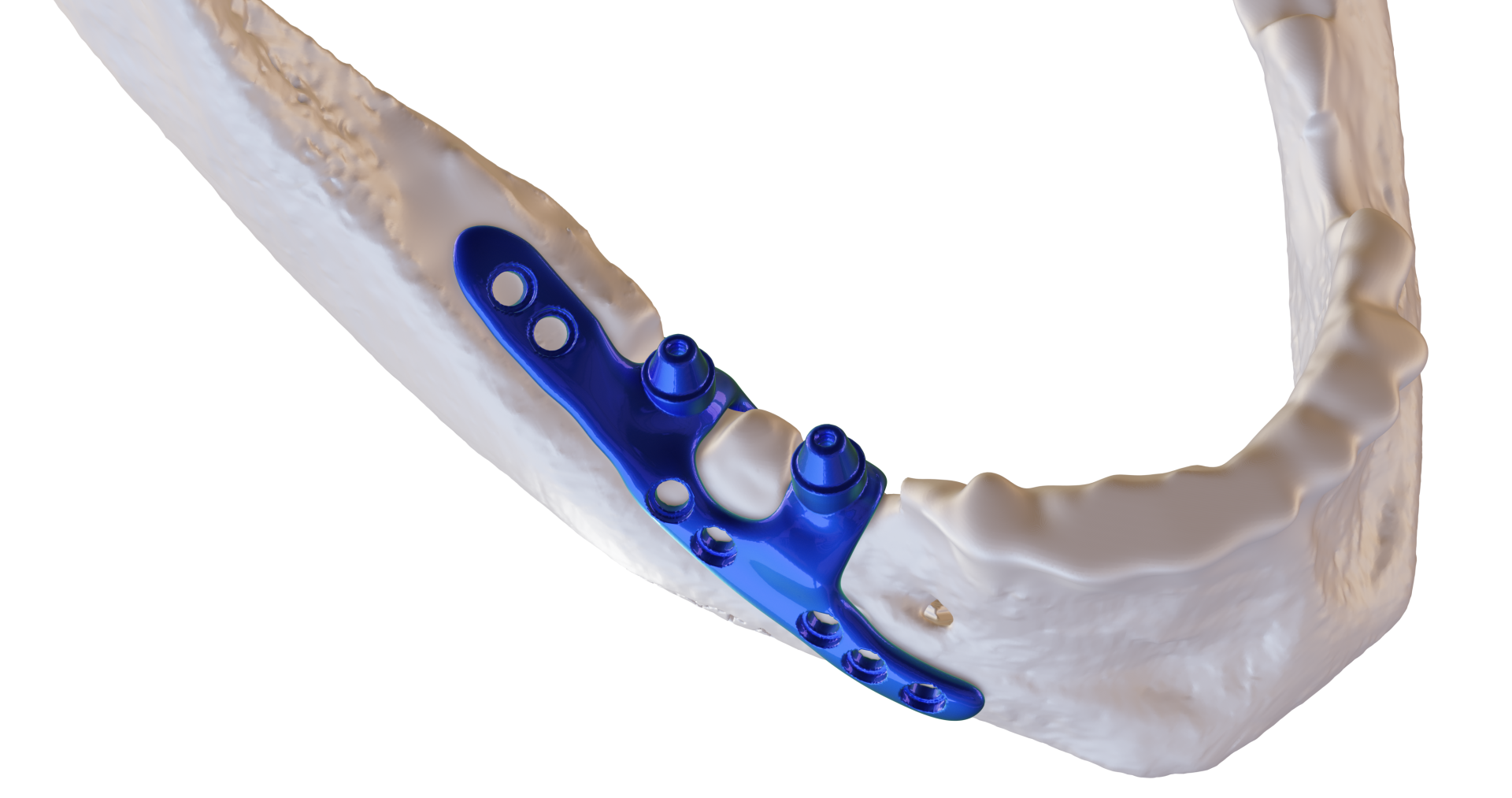
For prostheses ranging from 2 to 4 elements, a single-phase or two-phase MS abutment
DONATELLO
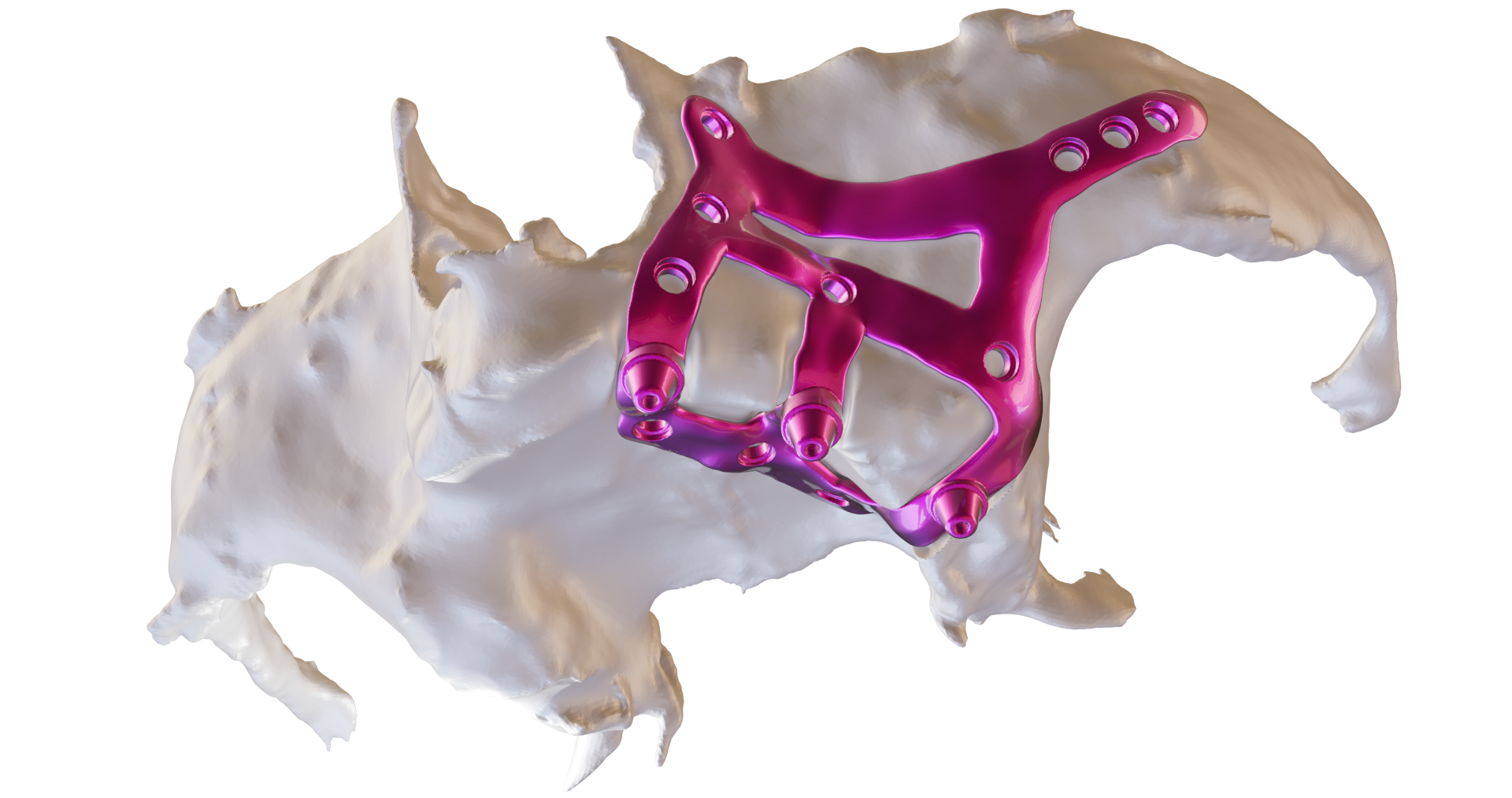
To rehabilitate semi-arches with 3 or 4 abutments, a single-phase or two-phase MS abutment
RAFFAELLO
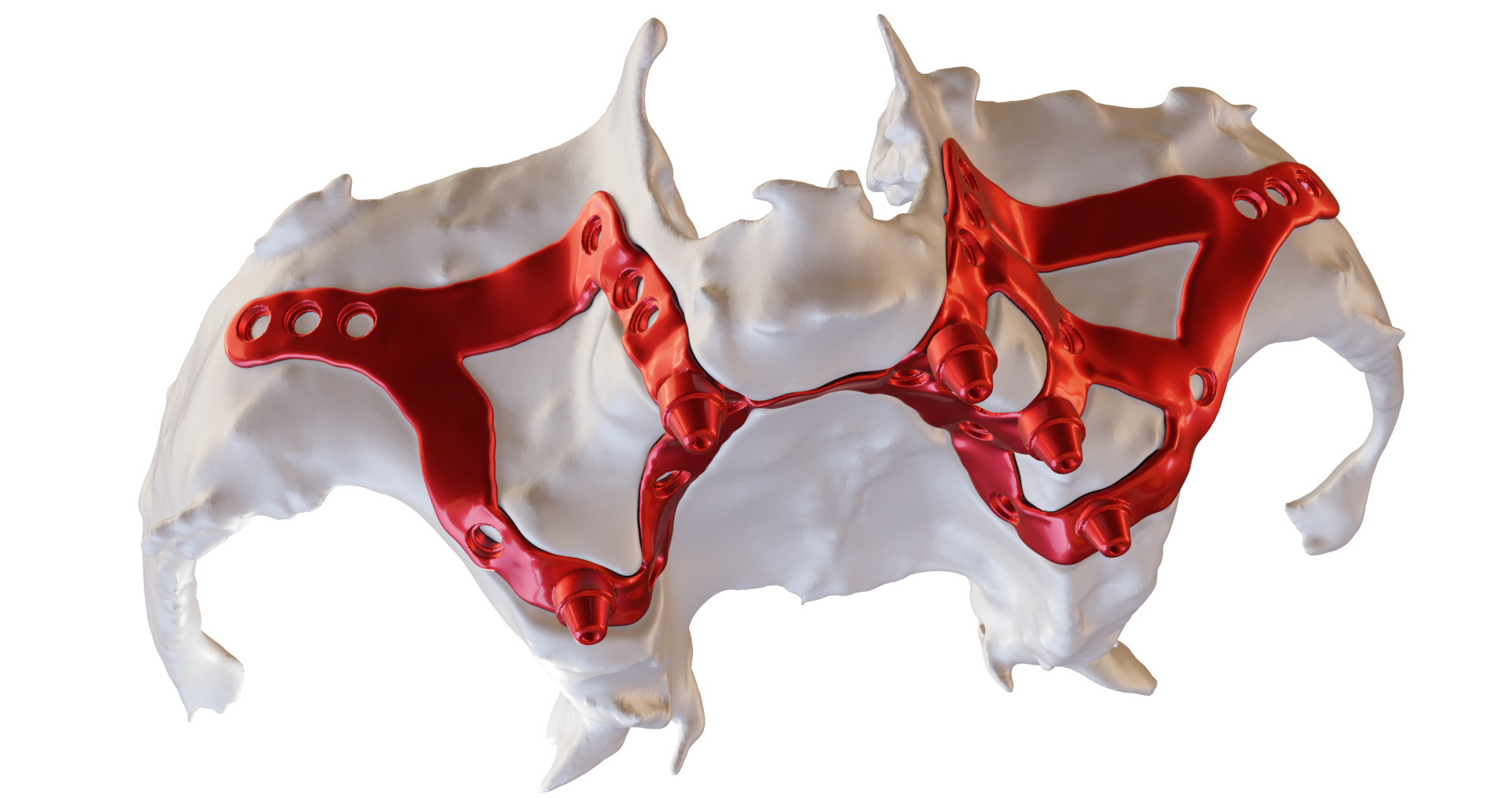
To rehabilitate full arches, a single-phase or two-phase MS abutment
You can request more information about our GENIO grids by filling out the form below:
WORKFLOW
Analysis of CT scan and conversion into a 3D model:
The process of creating GENIO grids begins with a meticulous analysis of the patient's computed tomography (CT) scan. The CT scan provides precise details of the bone anatomy, allowing our operators to convert the acquired data into a digital 3D model. This model is then cleaned and prepared to enable accurate modeling of the subperiosteal grids.
Modeling of the subperiosteal grid:
Once the clean 3D model is obtained, the next step is the modeling of the subperiosteal grid. This involves designing the grid according to the treatment specifications. The grids can be created either fully or partially, depending on the patient's needs and the type of planned intervention.
Modeling of the surgical guide:
Next, the surgical guide is created, which will serve as a guide during the procedure. This guide is meticulously designed to allow precise placement of the subperiosteal grid during the surgical procedure. Its modeling is done with attention to detail, ensuring perfect fit and functionality during the surgery.
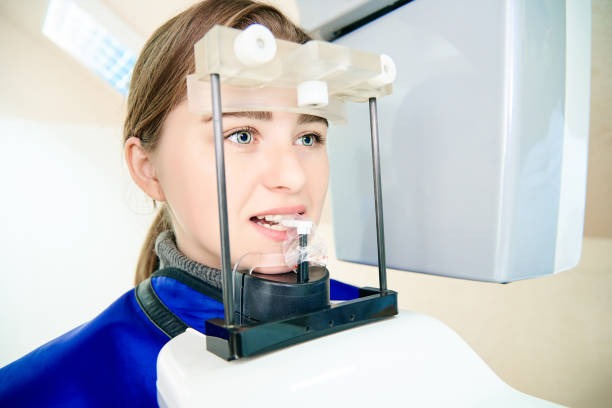
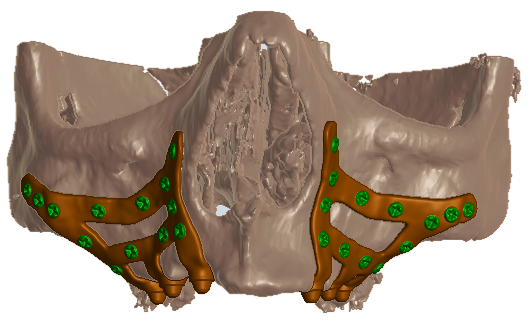
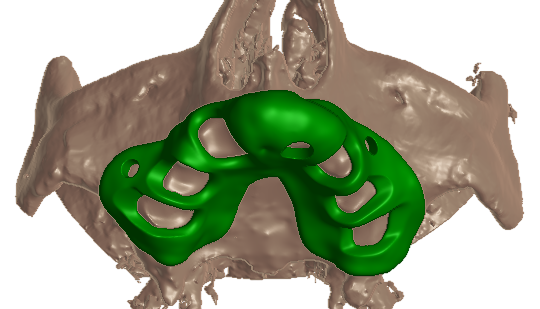
WORKFLOW
Analysis of CT scan and conversion into a 3D model:
The process of creating GENIO grids begins with a meticulous analysis of the patient's computed tomography (CT) scan. The CT scan provides precise details of the bone anatomy, allowing our operators to convert the acquired data into a digital 3D model. This model is then cleaned and prepared to enable accurate modeling of the subperiosteal grids.

Modeling of the subperiosteal grid:
Once the clean 3D model is obtained, the next step is the modeling of the subperiosteal grid. This involves designing the grid according to the treatment specifications. The grids can be created either fully or partially, depending on the patient's needs and the type of planned intervention.

Modeling of the surgical guide:
Next, the surgical guide is created, which will serve as a guide during the procedure. This guide is meticulously designed to allow precise placement of the subperiosteal grid during the surgical procedure. Its modeling is done with attention to detail, ensuring perfect fit and functionality during the surgery.

GENIOBOX: READY FOR SURGERY
After their creation, the Genio subperiosteal grids are delivered inside the GenioBox, a convenient box containing everything necessary for implanting the grid, including:
Genio subperiosteal grid
Previously treated to remove production oils and packaged in a cleanroom to maximize biocompatibility and promote bone integration.
3D printed biomodel
The same CT scan segment used for grid modeling, useful as a physical reference before proceeding with the patient's intervention.
Surgical guides for osteotomy
Provided according to the type and complexity of the surgery.
Immediate loading temporary restorations
Upon request, for immediate loading after grid implantation.
Extra material available upon request
Such as the unrefined replica of the grid, useful for checking the fit on the patient without manipulating the final grid, or the fixation screws.

REAL CASE WITH GENIO GRID RAFFAELLO
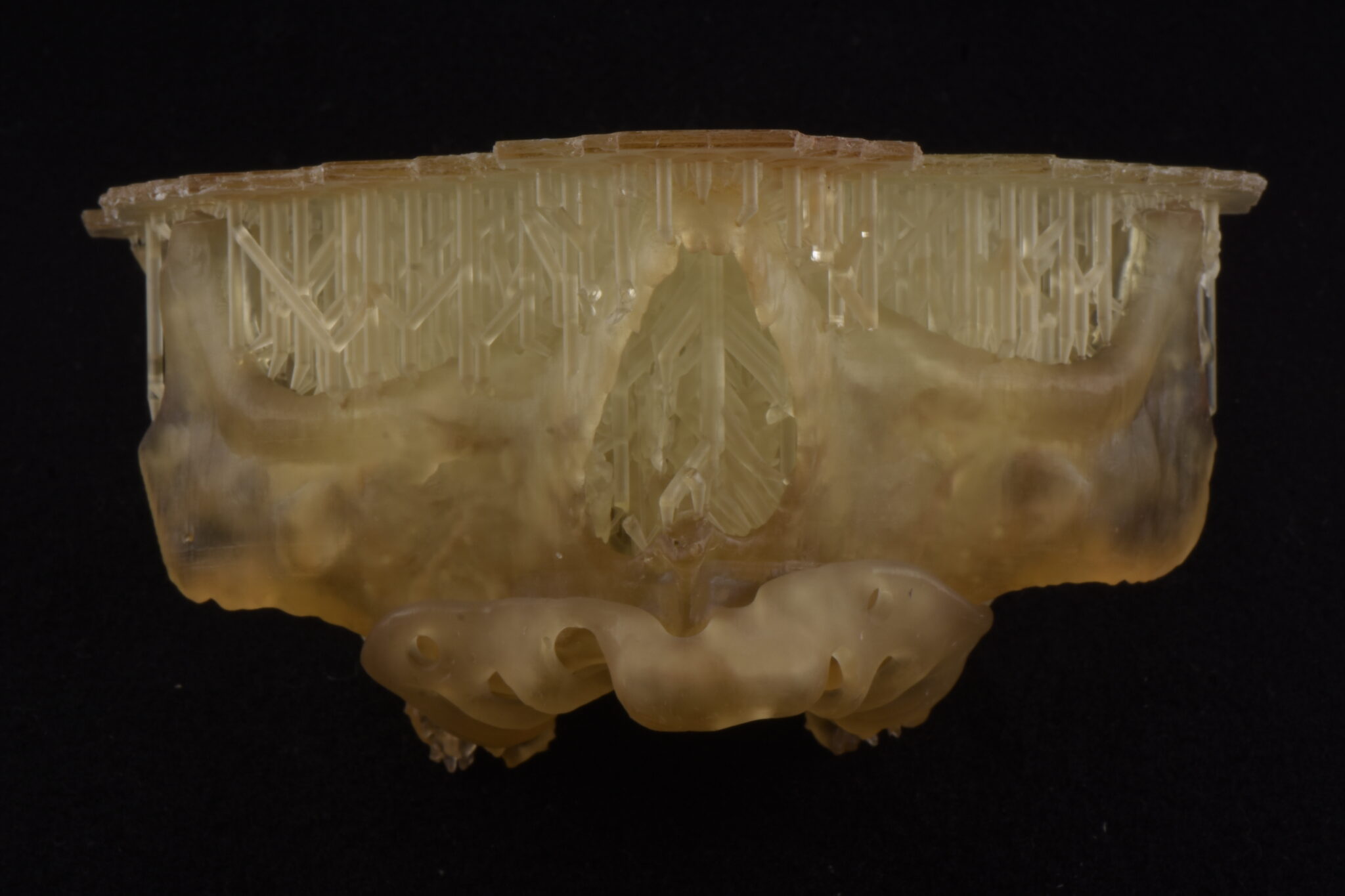

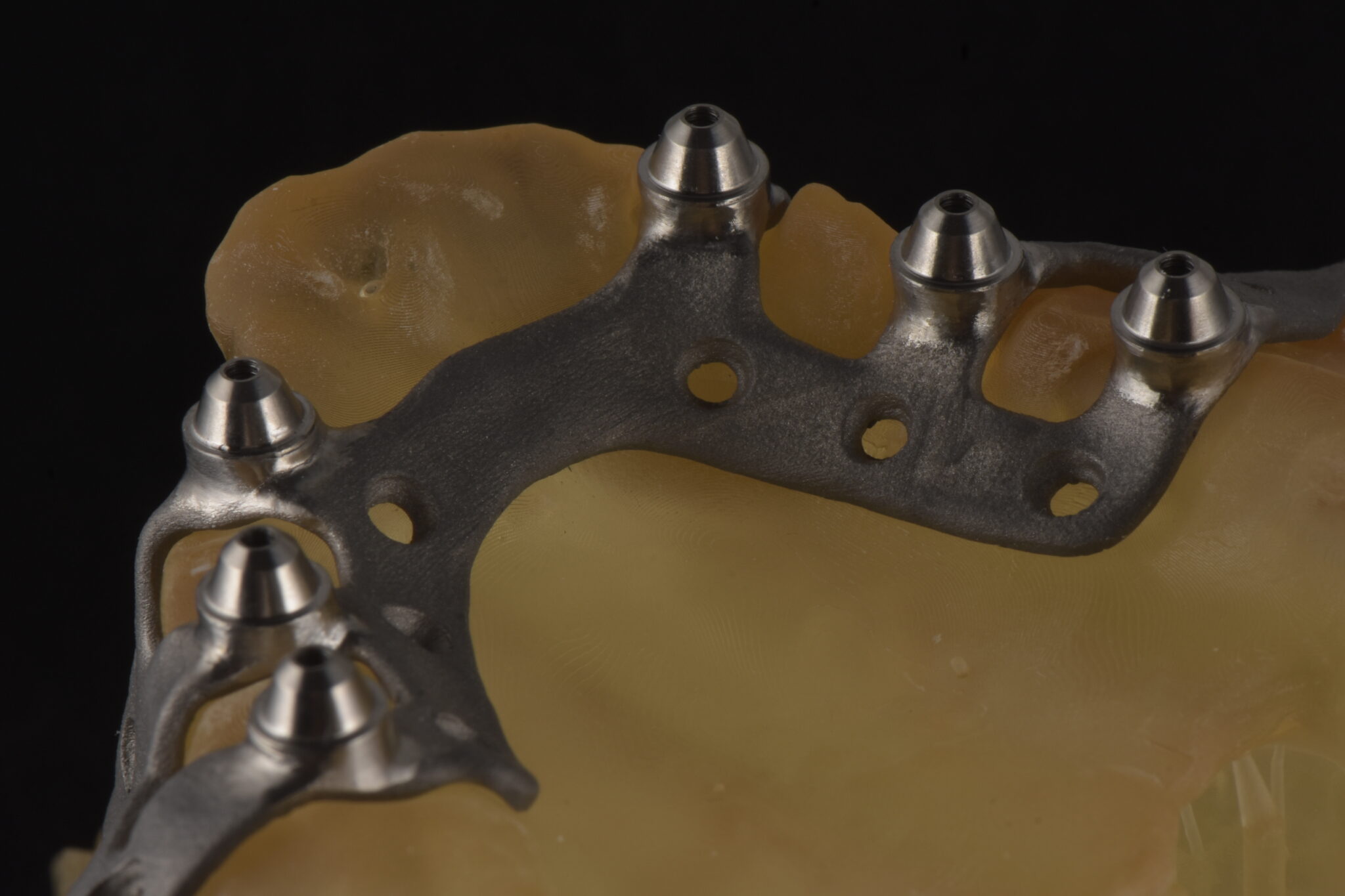
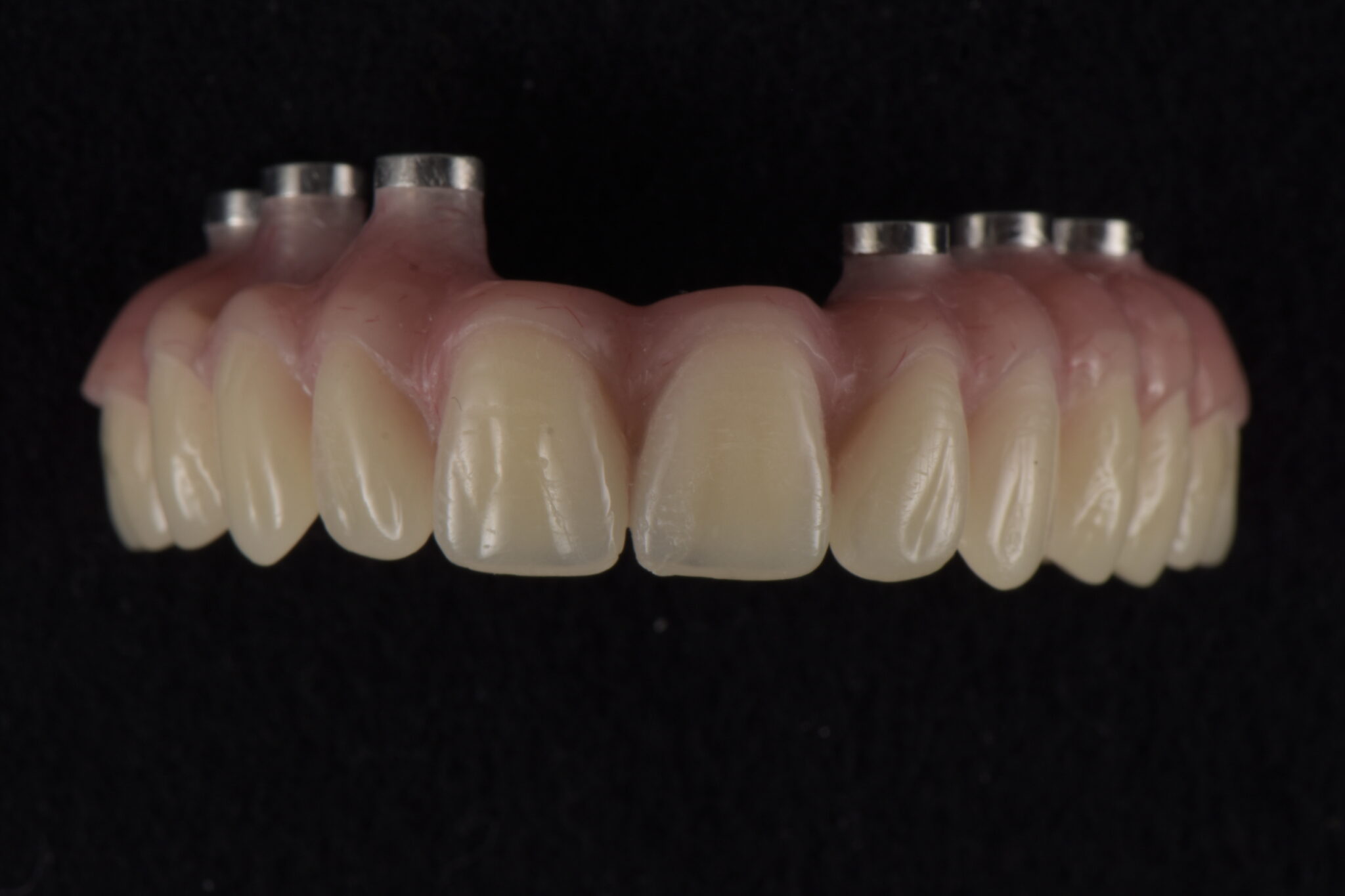
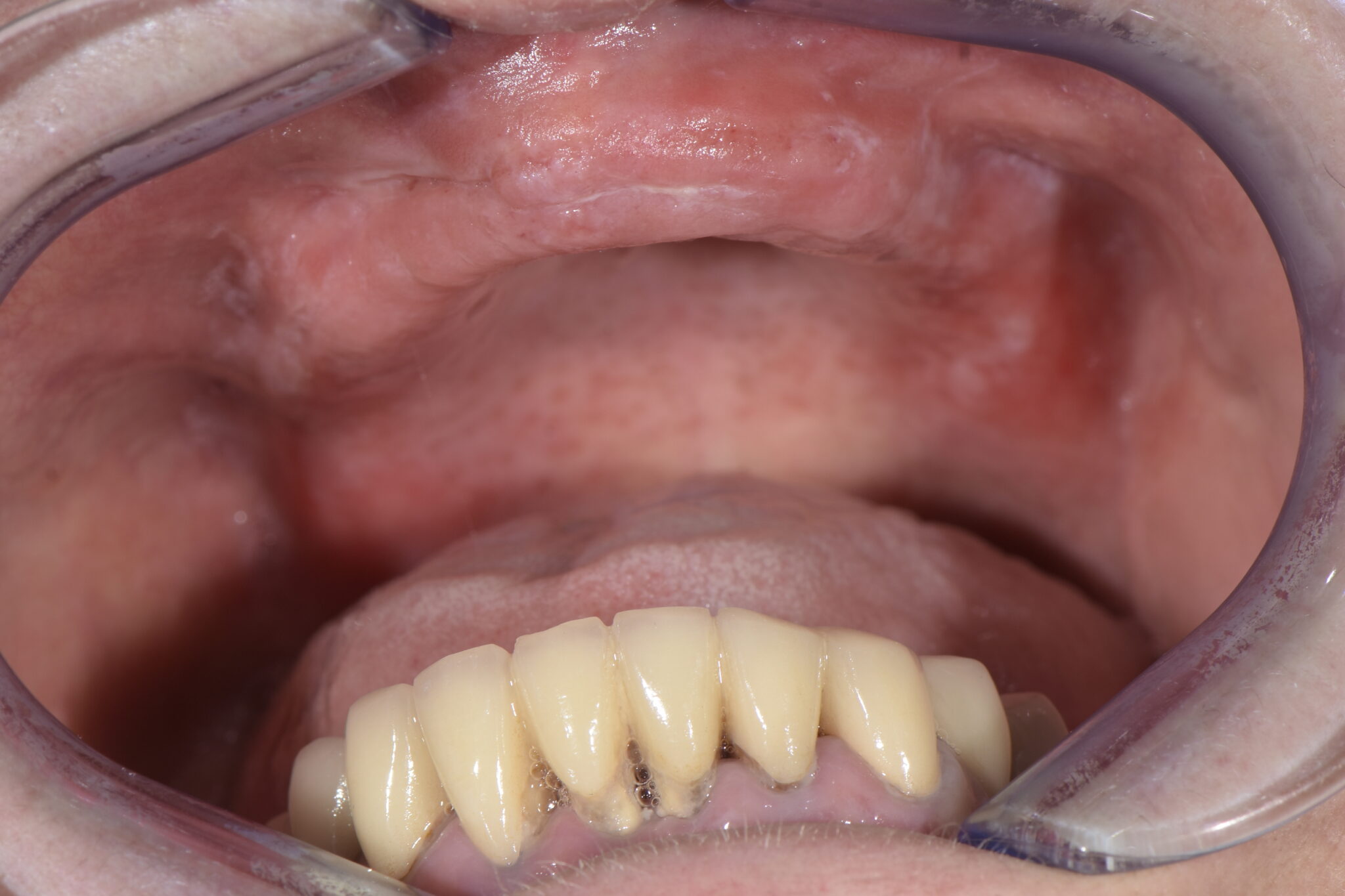
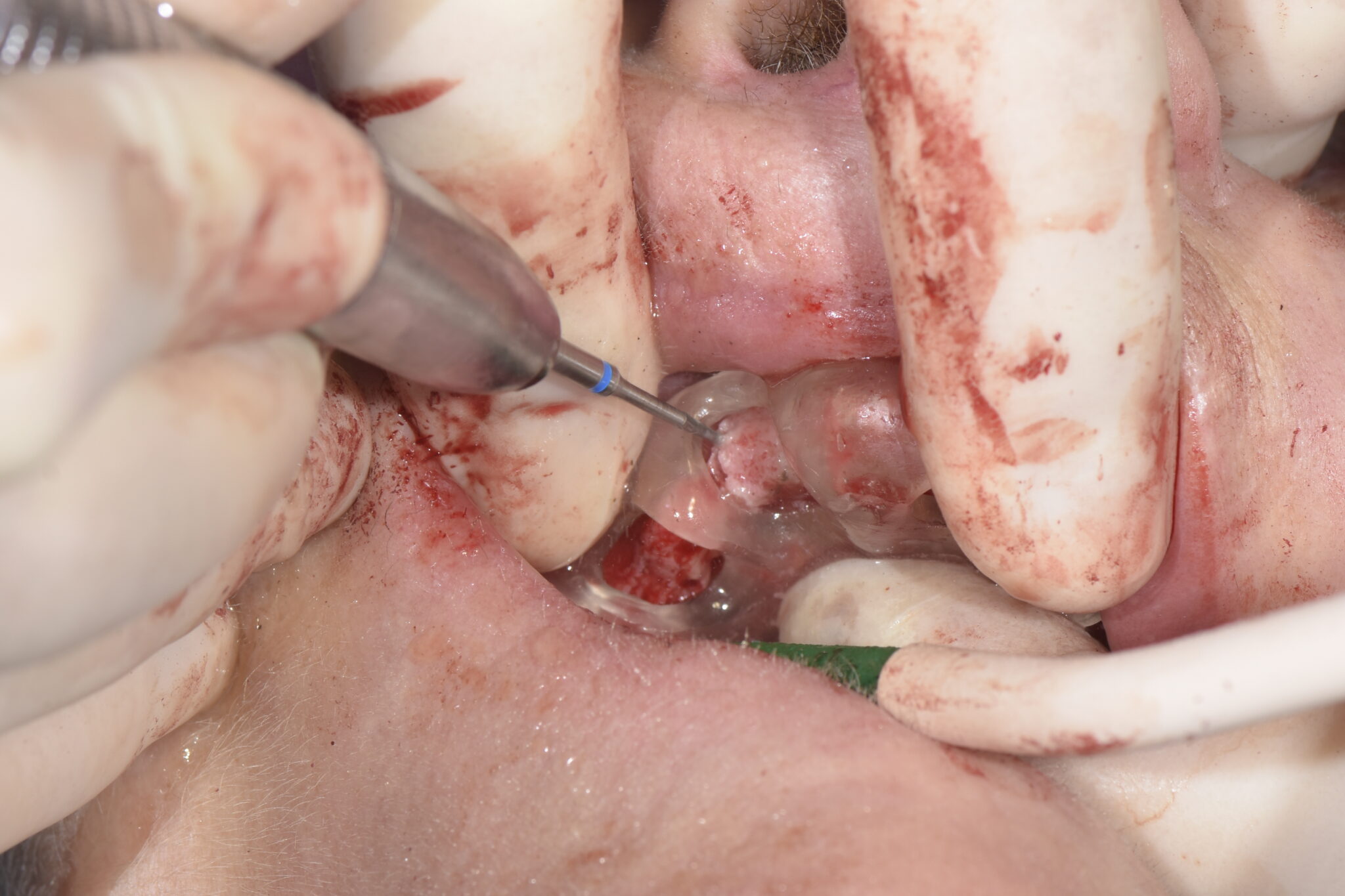

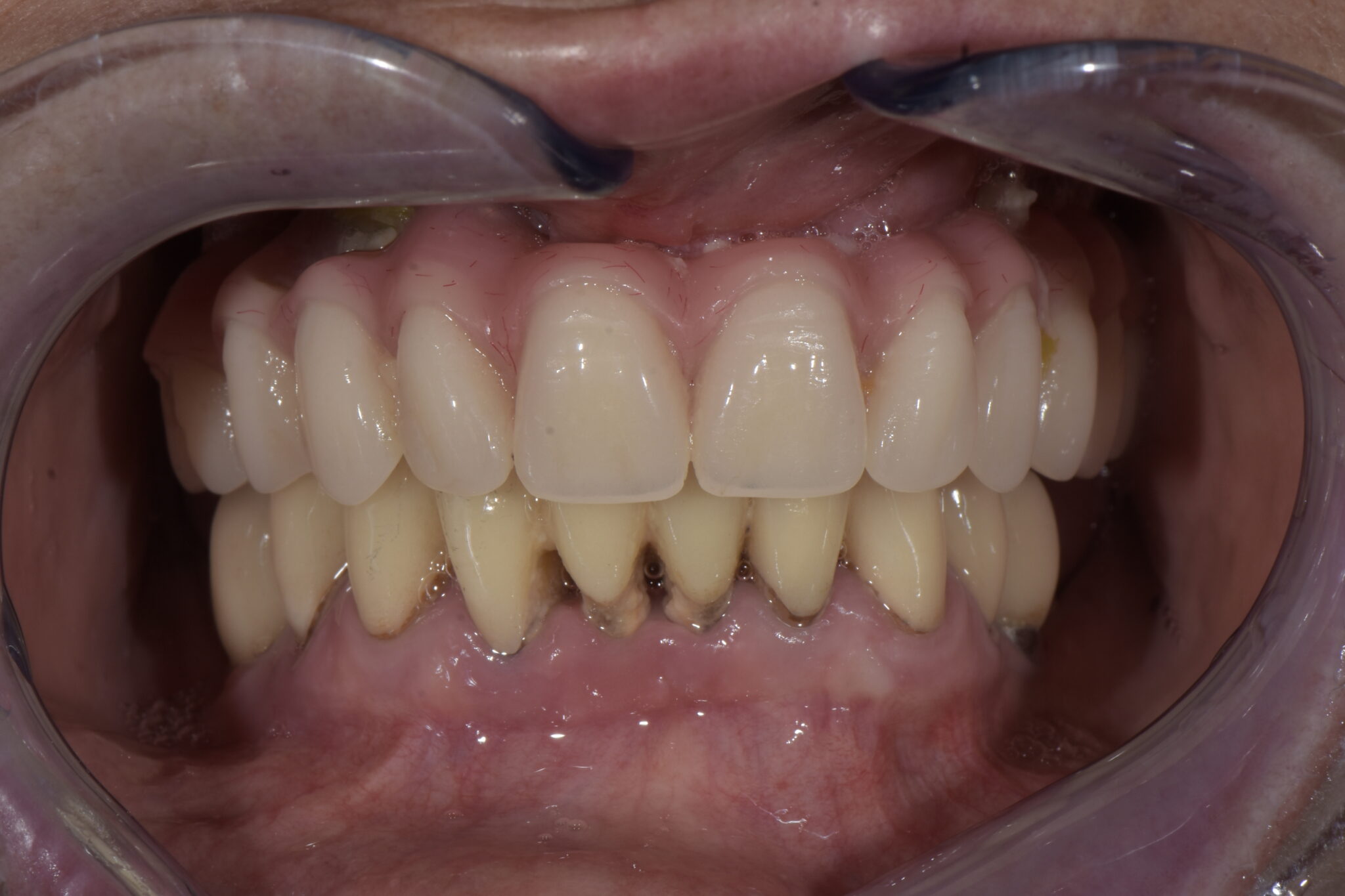
REAL CASE WITH GENIO GRID LEONARDO
